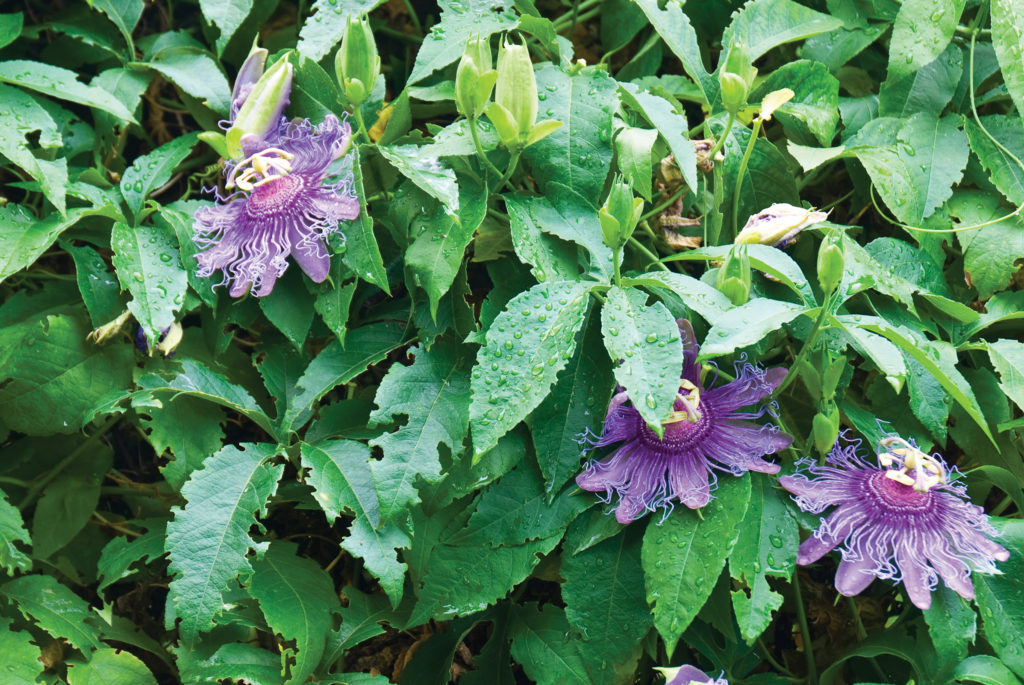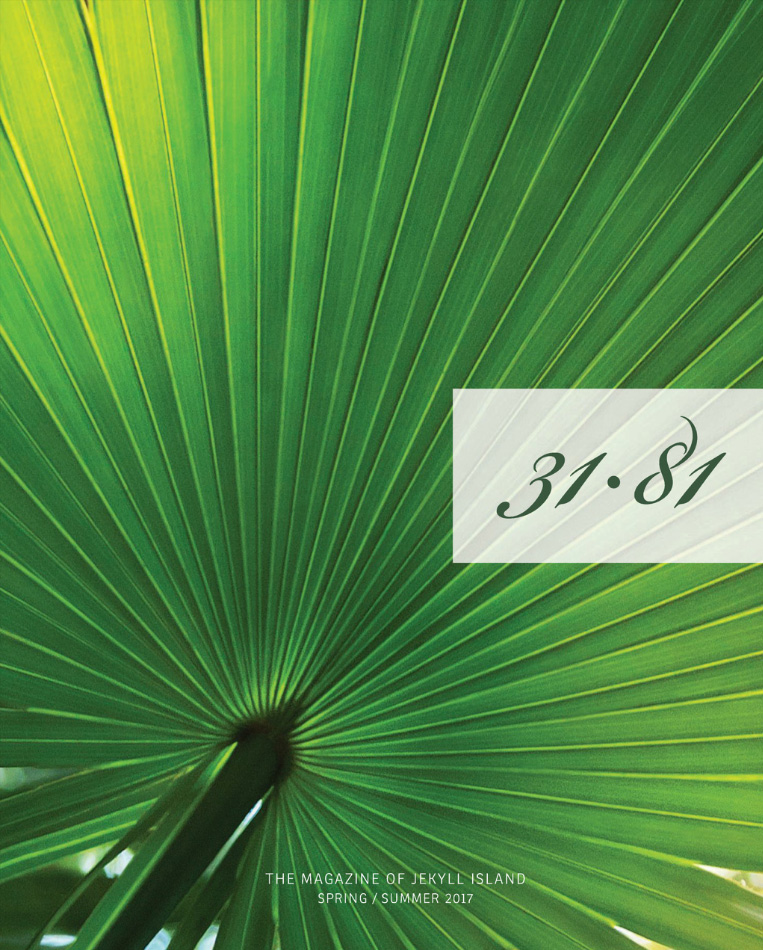It’s as sweet as it is striking
By Muriel Vega
The purple passionflower is whimsical, durable, and even edible. You might spy its kaleidoscopic blossoms on marsh-facing beach trails on the island’s western side—though local animals are quick to gobble them up.
It’s hardy in all seasons. There are more than 400 species in the genus Passiflora, most of them tropical evergreens. But Passiflora incarnata, or purple passionflower, is deciduous and can survive winter frosts.
But individual blooms have a very short life, usually about one day.
The name has religious ties. Early Christian missionaries believed the flower’s various parts represented Jesus’s crucifixion.
It has possible sedative effects. Passionflower was once an approved over-the-counter sleep aid in the U.S., but it was taken off the market in 1978 over doubts about its safety and efficacy.
The vine is home to several kinds of butterfly larvae, including Gulf fritillary and zebra Longwing.
It’s a favorite treat of the island rabbits. The gold nectar inside the plant’s “maypop”—the vine’s egg-shaped green fruit—tastes similar to apricot. Yes, you can eat it too.


